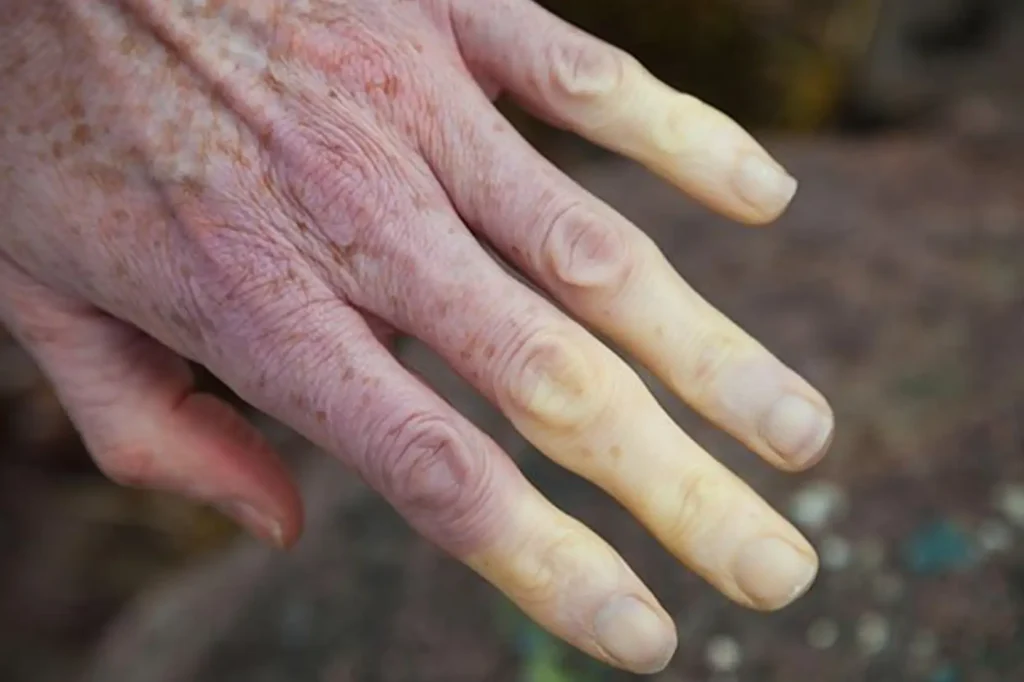Wondering how to know if you have lupus? This expert-backed guide explains the most common symptoms, early warning signs, risk factors, and diagnostic steps.
Introduction to How to Know If You Have Lupus:
You might have lupus if you’re experiencing a combination of persistent fatigue, joint pain, skin rashes (especially a butterfly-shaped rash on the face), and unexplained fevers. These symptoms often come and go, and can easily be mistaken for other conditions, which is why lupus is often called “the great imitator.”
Lupus is an autoimmune disease, meaning your immune system mistakenly attacks healthy tissues. It can affect your skin, joints, kidneys, brain, and other organs. Many people struggle for months or even years before receiving a diagnosis. I’ve been there myself navigating confusing symptoms, endless tests, and the uncertainty that comes with not knowing what’s wrong. That’s why I’ve created this guide: to help you understand the signs, what to look for, and when to talk to your doctor.
This post will walk you through the early warning signs of lupus, common symptoms, how it’s diagnosed, who is at risk, and what you can do next. Whether you’re just starting to notice strange symptoms or have been feeling off for a while, this guide will help you get clearer answers.
Genetics play a role, especially if autoimmune diseases run in your family, but environmental triggers are also key.
- Advertisement -
What Are the Most Common Symptoms of Lupus:
Lupus symptoms vary widely, but some are more common than others. One of the earliest and most tell-tale signs is chronic fatigue that doesn’t improve with rest. It’s not the kind of tiredness that a good night’s sleep will fix. This type of fatigue can make daily activities feel overwhelming.
Another red flag is joint pain or stiffness, especially in the morning. You might feel like you have arthritis, even if you’ve never had joint issues before. Many people also develop skin rashes, most famously the butterfly-shaped rash that appears across the cheeks and nose. This rash might be triggered by sun exposure. If you notice a mix of these symptoms, especially if they come and go, it’s important to see a doctor.
In addition, lupus can cause:
- Unexplained low-grade fevers
- Hair thinning or hair loss
- Chest pain when breathing deeply
- Sensitivity to sunlight (photosensitivity)
- Fingers turning blue or white in the cold (Raynaud’s)

How Is Lupus Diagnosed by Doctors:
There’s no single test to diagnose lupus, which makes the process a bit complex. Most doctors start by reviewing your medical history and symptoms. Blood and urine tests play a key role, especially ones that look for antinuclear antibodies (ANA) found in 97% of people with lupus. A rheumatologist a specialist in autoimmune diseases is usually the one who makes the final diagnosis. Since lupus mimics many other illnesses (like rheumatoid arthritis or fibromyalgia), getting the right diagnosis often requires ruling out other conditions.
Doctors may also order:
- Complete blood count (CBC) to check for anemia or low white blood cells
- Urinalysis to see if your kidneys are affected
- Erythrocyte sedimentation rate (ESR) to measure inflammation
- Imaging tests like chest X-rays or echocardiograms
Who Is Most at Risk of Getting Lupus:
While anyone can develop lupus, certain groups are more at risk. It’s most common in women aged 15 to 45, especially those of African, Hispanic, Asian, and Native American descent. Hormones likely play a role, which may explain the gender imbalance.
Genetics also increase your risk. If you have a family history of autoimmune diseases, you may be more prone to developing lupus. Environmental triggers like sun exposure, infections, stress, and certain medications can also activate symptoms in people who are genetically susceptible.
Even though lupus isn’t contagious, lifestyle factors like smoking, poor sleep, or lack of exercise can increase flare-up risk and severity.
Early Warning Signs You Shouldn’t Ignore:
Many people overlook lupus at first because the symptoms are so subtle and intermittent. If you find yourself thinking, “something just doesn’t feel right,” that alone is worth paying attention to. Here are early signs to watch for. I personally ignored these signs for months, brushing them off as stress or burnout. But early detection can significantly improve outcomes. If these symptoms sound familiar, speak to your doctor about getting tested for lupus.
- Feeling tired even after 8–10 hours of sleep
- Recurrent joint pain or swelling
- Rashes after being in the sun
- Mouth or nose ulcers that don’t heal
- Brain fog or trouble concentrating
What Should You Do If You Suspect You Have Lupus:
Start by tracking your symptoms. Keep a journal of what you’re experiencing note when the symptoms occur, how long they last, and anything that seems to trigger them. This record will help your doctor piece together the puzzle.
Next, make an appointment with your primary care physician or directly with a rheumatologist if you have access. Be prepared to advocate for yourself ask about lupus specifically, and request autoimmune blood tests.
Finally, don’t panic. Lupus is a chronic condition, but with the right treatment and lifestyle changes, many people manage it well. Treatment might include medications like hydroxychloroquine, corticosteroids, and immunosuppressants, along with diet and stress management strategies.
FAQ
Most frequent questions and answers
No, lupus doesn’t go away on its own, but symptoms may improve between flare-ups with proper treatment.
Genetics play a role, especially if autoimmune diseases run in your family, but environmental triggers are also key.
It’s a red, flat rash across the cheeks and nose, resembling a butterfly’s wings often triggered by sunlight.
Conclusion:
Understanding how to know if you have lupus starts with recognizing the early warning signs like fatigue, joint pain, and rashes and trusting your instincts when something feels off. While lupus can be tricky to diagnose, keeping track of your symptoms and seeking medical advice is key. The earlier it’s caught, the better your chances of managing it effectively. Don’t ignore your body’s signals being proactive could make all the difference in your long-term health and well-being.








